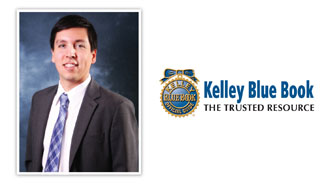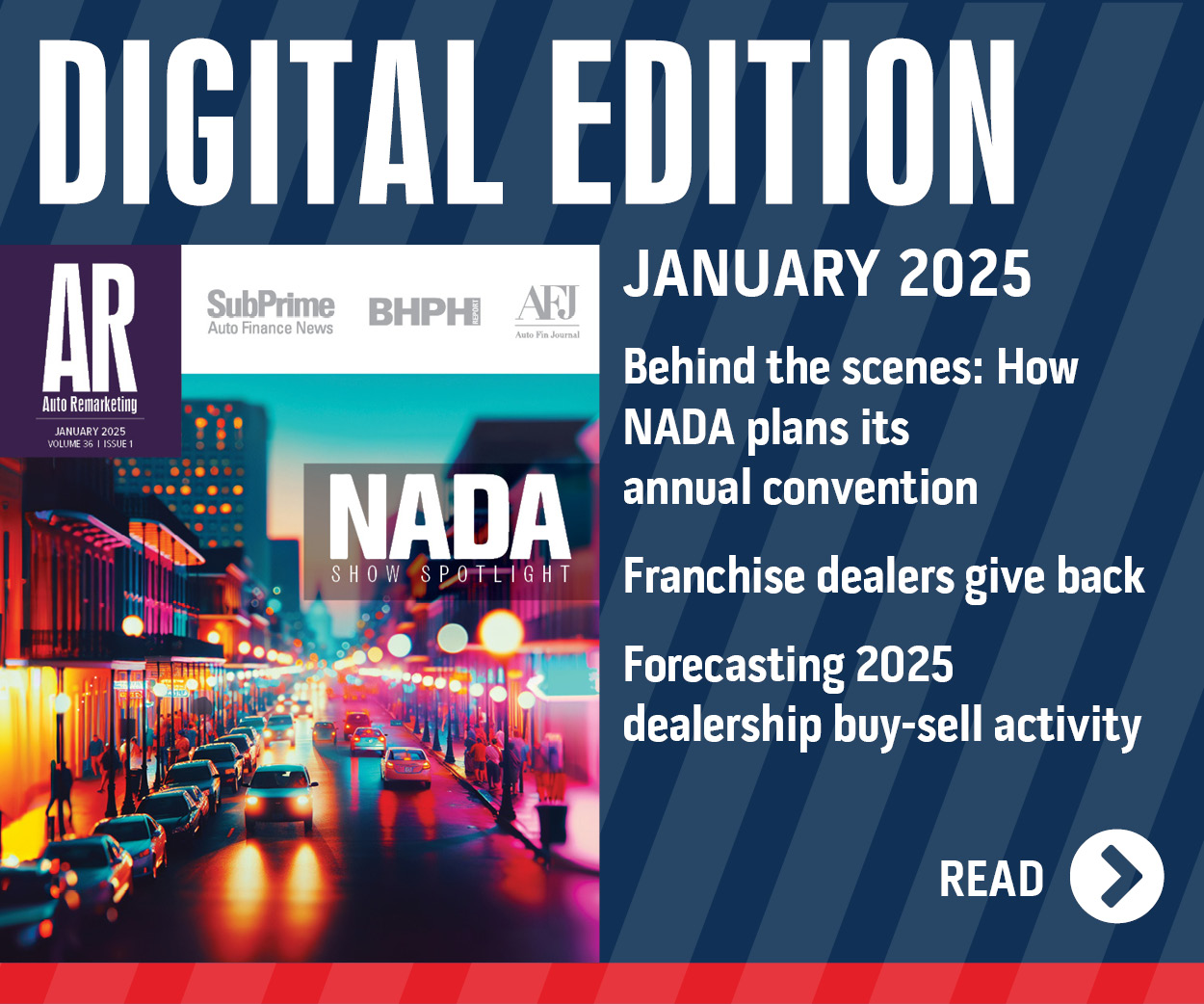KBB: 5-Percent Used-Car Value Increase a Possibility

Pushed by the tight supply constantly facing dealers, by the time the first quarter is over, used-vehicle values could spike by as much a 3 to 5 percent, according to Kelley Blue Book.
Then during April, used values are expected to plateau and stay consistently high for months, explained KBB’s Alec Gutierrez, senior market analysts of automotive insights, in the latest Blue Book Market Report.
The projected gain is fairly common for this time of year. Last year, used prices climbed 4.1 percent in the first quarter, KBB’s data indicated. Though up only 0.7 percent in the first quarter of 2010, used prices jumped 3 percent in the same period of 2009.
“According to seasonal patterns, values typically are flat in January before starting to rise more aggressively in February and March, as dealers stock up on inventory in anticipation of the spring selling season. We expect this year to be no different,” Gutierrez said.
“Beyond the first quarter, we expect used-car values to stabilize beginning in April, and they likely will remain elevated into late summer,” he added.
Expected to show increases slightly higher than the market average are the compact and subcompact car segments. Their gains should be, at the most, 2 percent or 3 percent stronger than the industry. That said, if “speculative inventors” are spurred by the Iranian situation and oil prices go up, the spike could be higher, he pointed out.
Gutierrez went on to emphasize that while used values will be higher, one shouldn’t expect to see the same “volatility” that was spotted in 2011. In the first half of last year, values jumped 10 percent thanks largely to compact and hybrid cars, which were up more than 20 percent amid nearly $4 per gallon gas.
“We are expecting fuel prices to remain below the highs hit last year, but there is risk surrounding mounting tensions with Iran that could drive oil and fuel prices well beyond current projections,” Gutierrez noted. “If this scenario were to play out, expect significant volatility in values of fuel-efficient vehicles at auction, similar to what occurred in 2008 and 2011.
“As of now, oil prices have been kept in check on fears of a drop in oil demand from Europe due to its sovereign debt crisis, but things could change at a moment’s notice. We recommend dealers and in-market consumers pay close attention to fuel prices as the situation in Iran continues to unfold,” he continued.
Possible Gas Peak
As to what peak gas prices will reach, Gutierrez assuaged fears that $4 per gallon fuel would be the “new norm,” noting that 2012 gas prices are likely to average $3.48/gallon, according to the Energy Information Administration. This would actually be $0.05/gallon less than a year ago.
Right now, they average $3.40, which is 35 cents ahead of this time in 2011.
“In the long term, this is a definite possibility, but unless you live in California or a handful of other metropolitan areas, don’t expect $4.00 per gallon gas to become the new norm,” he said.
“Oil prices have remained stable thus far; however, the risk of further price increase remains high. Iran has threatened to shut the Strait of Hormuz in response to U.S. and European Union sanctions, and the U.S. appears to be prepared to intervene if Iran was to deliver on that threat,” Gutierrez went on to add. “If the flow of oil out of the Persian Gulf were to be disrupted, we could face oil prices in excess of the $140 per barrel high established in 2008.”
Should that happen, compact cars and hybrid cars will likely see their values skyrocket.
What Gutierrez called the “worst case scenario” would be if another recession comes out of a fuel-price hike. That, of course, would curb car sales and prove “disastrous” for the auto business.
“We are hopeful that the situation with Iran will be resolved through diplomatic channels; however, we will be monitoring the news out of Iran closely in the coming months to determine what impact, if any, it will have on the industry,” he continued.
January Trends
Sharing some market insight from the first month of the year, Gutierrez found that used values showed their first monthly gain since June, though climbing a “modest” 0.1 percent.
However, they still have jumped 4 percent year-over-year.
Low supply has been pushing auction prices up since 2009, and that is likely to continue in 2012 thanks to the off-lease dynamic.
With the leasing market falling off close to 50 percent 2008 and 2008, the availability of lease returns for dealers at the auction is substantially lower.
Not only that, Gutierrez noted another accelerant to the off-lease supply: consumers will have more incentive to keep their vehicles when the lease is up instead of returning it.
“With values at near-record levels, many consumers will find that the value of their vehicle exceeds their residual contract, giving them the option to either hold onto their vehicle or sell it privately for a better return,” he explained. “With this in mind, we are advising dealers to purchase inventory whenever and wherever available.”
Hot Car Report
Next up, KBB shared its Hot Used-Car Report, noting some positive news for the Big 3.
Of the 10 used vehicles seeing the most month-over-month shopping activity growth on Kbb.com, eight were from the Big 3, including the top four gainers.
At the top of the list was the 2005 Chevrolet Uplander Passenger, which was up 49.6 percent. Following closely behind was the 2006 Pontiac Solstice (up 49.2 percent).
Third was the 2005 Ford F-350 Super Duty Super Cab (up 38.6 percent), and No. 4 was 2005 Chrysler Sebring (up 33.2 percent).
Interestingly enough, the Solstice represents another group found to be very popular: discontinued models, which also represent eight of the top 10 models for growth.
“This shift to retired domestic vehicles is the result of abundant inventory, which caused a lower price point for these vehicles,” explained Arthur Henry, who is the manager of market intelligence and a market analyst for KBB’s analytic insights division.
“The majority of the vehicles on display was over-produced in the tail-end of their product cycle and highly penetrated with fleet sales,” Henry added. “Dealers should be experiencing an increase in domestic inventories, but they should be able to move them as demand continues.”

 View The Latest Edition
View The Latest Edition

